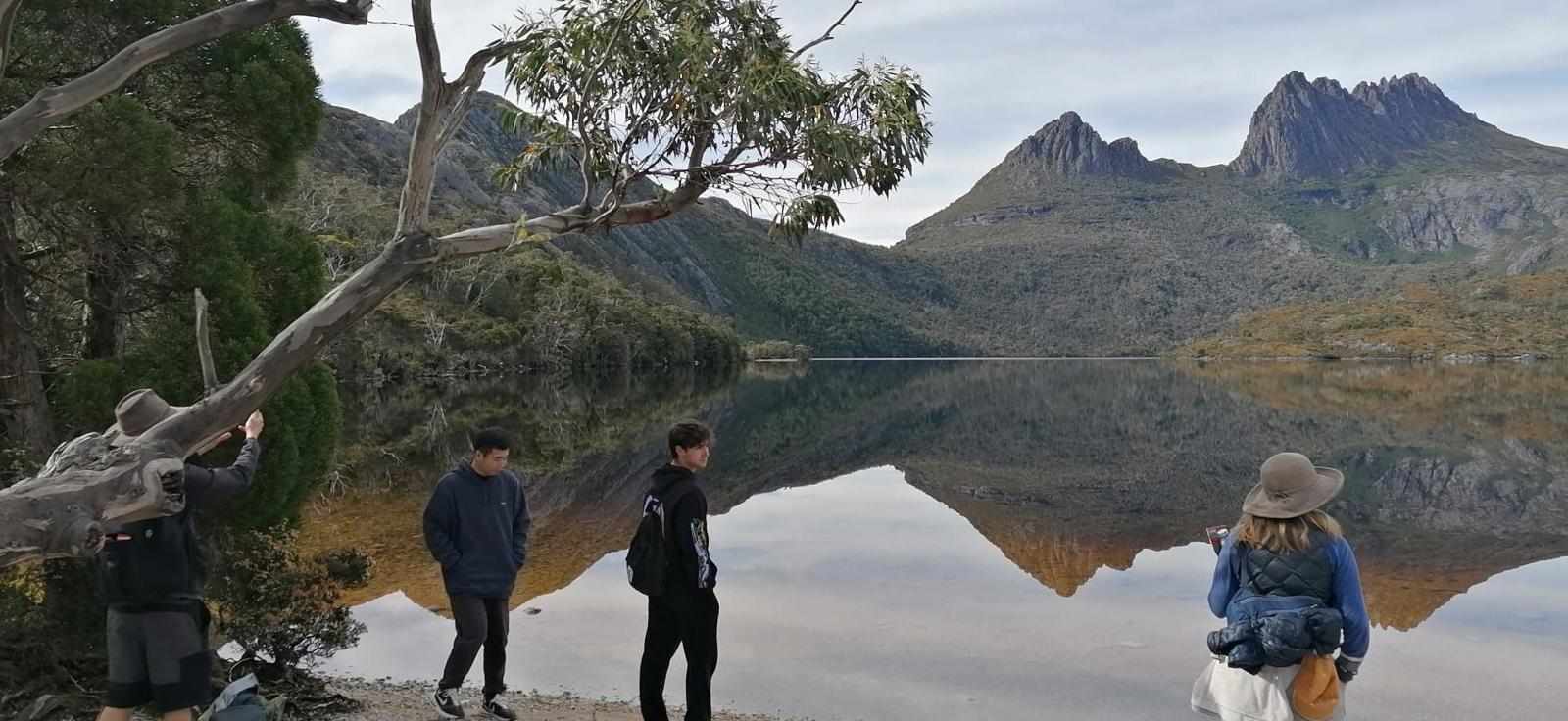
Tasmania, Australia’s island state, is a treasure trove of diverse and unique wildlife. Isolated from the mainland for thousands of years, Tasmania boasts a rich ecosystem filled with endemic species, fascinating habitats, and thriving biodiversity. This makes it a paradise for nature enthusiasts and Wildlife in Tasmania conservationists alike.
Endemic Wildlife
Tasmania is home to several species found nowhere else on Earth. The iconic Tasmanian devil stands out as the most famous. This small, carnivorous marsupial is known for its distinctive screech and powerful bite. Although its population has faced significant threats from Devil Facial Tumor Disease (DFTD), conservation efforts are ongoing to protect and rehabilitate this unique animal.
Another remarkable species is the Eastern quoll, a nocturnal marsupial with spotted fur. Once extinct on the Australian mainland, it thrives in Tasmania’s relatively predator-free environment. The Tasmanian pademelon, a small, wallaby-like marsupial, also calls the island home, adding to its list of endemic mammals.
Birdlife
Tasmania’s bird population is equally remarkable. The island hosts 12 endemic bird species, including the strikingly beautiful green rosella and the Forty-spotted pardalote, one of Australia’s rarest birds. Coastal areas provide sanctuary for seabirds like albatrosses and petrels, while wetlands support migratory shorebirds.
The endangered orange-bellied parrot, one of the world’s rarest parrot species, breeds exclusively in Tasmania’s remote southwest. Efforts to conserve this critically endangered species include habitat protection and breeding programs.
Marine and Aquatic Life
Tasmania’s waters are teeming with marine life. The southern coastline’s kelp forests serve as vital habitats for species such as seahorses, lobsters, and abalone. The Tasmanian coastline is also a prime spot for observing seals, dolphins, and migrating whales, including humpback and southern right whales.
Freshwater ecosystems, including rivers and lakes, are home to the unique Tasmanian giant freshwater crayfish, the world’s largest freshwater invertebrate. Trout fishing is also popular, attracting anglers from around the globe.
Threats to Wildlife
Despite its abundance, Tasmania’s wildlife faces challenges. Habitat destruction, invasive species, and climate change pose significant threats. Feral cats and foxes, introduced to the island, prey on native species, while deforestation reduces critical habitats for many animals.
Conservation programs and national parks play a crucial role in mitigating these threats. Over 40% of Tasmania’s land area is protected, providing a haven for wildlife and ensuring the preservation of ecosystems.
Ecotourism and Wildlife Experiences
Tasmania’s dedication to conservation makes it a top destination for ecotourism. Visitors can explore places like Cradle Mountain-Lake St Clair National Park and Freycinet National Park, offering opportunities to observe wildlife in their natural habitats. Guided tours and wildlife sanctuaries provide ethical encounters with species such as wombats, echidnas, and platypuses.
Conclusion
Tasmania’s wildlife is a testament to the island’s ecological richness and resilience. From endemic marsupials to rare birds and marine wonders, the diversity is both awe-inspiring and fragile. Conservation efforts and sustainable tourism are essential to preserving this natural heritage, ensuring future generations can marvel at Tasmania’s unique biodiversity.
For more details, visit us:
















Write a comment ...